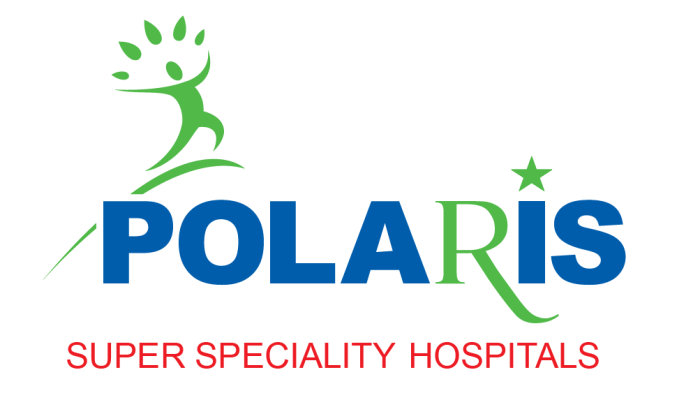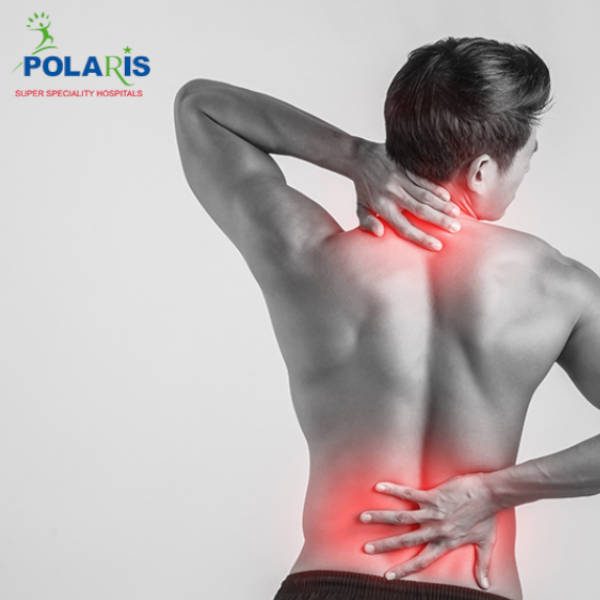Back pain includes lower back pain, middle back pain, upper back pain or low back pain with sciatica. Nerve and muscular problems, degenerative disc disease, and arthritis can result in back pain. Back pain symptoms may be relieved with pain medication or pain killers.
Aging, improper body mechanics, trauma and structural abnormalities can injure your spine, leading to back pain and other symptoms such as leg pain and/or numbness or even leg weakness. Chronic back pain is a condition that generally requires a team of health professionals to diagnose and treat.
Open surgery vs. minimally invasive surgery
Traditionally, spine surgery is usually performed as open surgery. This entails opening the operative site with a long incision so the surgeon can view and access the spinal anatomy. However, technology has advanced to the point where more spine conditions can be treated with minimally invasive techniques.
Because minimally invasive spine surgery (MISS), does not involve long incisions, open manipulation of the muscles and tissue surrounding the spine is avoided, therefore, leading to shorter operative time. In general, reducing intraoperative (during surgery) manipulation of soft tissues results in less postoperative pain and a faster recovery.
The advantage over traditional open surgery is that the joint does not have to be opened up fully. For knee arthroscopy only two small incisions are made, one for the arthroscope and one for the surgical instruments to be used in the knee cavity. This reduces recovery time and may increase the rate of success due to less trauma to the connective tissue. It is especially useful for professional athletes, who frequently injure knee joints and require fast healing time. There is also less scarring, because of the smaller incisions. Irrigation fluid is used to distend the joint and make a surgical space. Sometimes this fluid leaks (extravasates) into the surrounding soft tissue, causing edema.
The surgical instruments are smaller than traditional instruments. Surgeons view the joint area on a video monitor and can diagnose and repair torn joint tissue, such as ligaments. It is technically possible to do an arthroscopic examination of almost every joint but is most commonly used for the knee, shoulder, elbow, wrist, ankle, foot, and hip.


